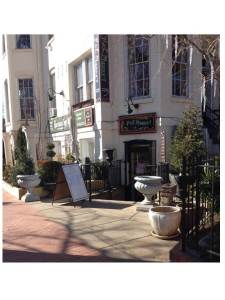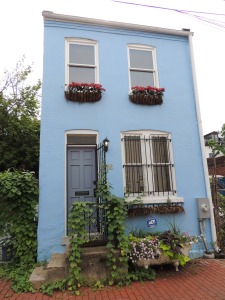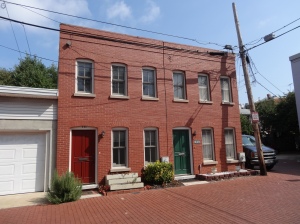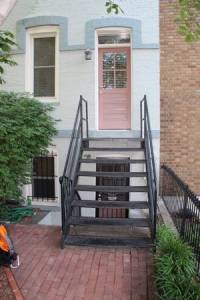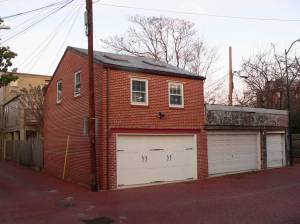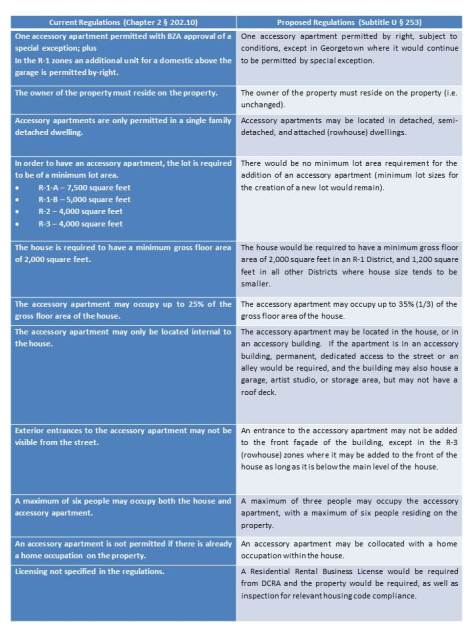In many DC neighborhoods, corner stores provide easier access to many daily needs, such as a quart of milk, pharmacy goods, food stuffs, or a coffee. A corner store is a small, neighborhood-based retail establishment tucked into a predominantly residential neighborhood.
The convenience of corner stores is important for many residents of the city. These shops can help to create a better sense of community and provide better access to goods for residents who do not have the means, the time, or the desire to get to a commercial street. Many of our older rowhouse areas were constructed with the corner store as part of the neighborhood fabric.
Even so, the zoning regulations have become more restrictive over time, and many corner stores have been lost or have been required to go through lengthy approval process to remain open or to upgrade to stay current with the needs of current neighborhood residents. Under the current zoning regulations, no new retail uses are permitted in our low density residential zones, and where they exist, they can be difficult to be retained or updated.
But help is on the way. The Zoning Commission has now taken proposed action to approve a series of changes to the regulations governing corner stores. Under the proposed zoning regulations, providing new corner stores and maintaining existing ones could be easier in District rowhouse neighborhoods.
In the proposed Regulations, subject to certain conditions, corner stores would be permitted in R-3 and R-4 rowhouse zones. A corner store, however, would continue to be not permitted in the lower density neighborhoods (R-1 and R-2, characterized by single-family detached or semi-detached homes), or the apartment zones.
More…
